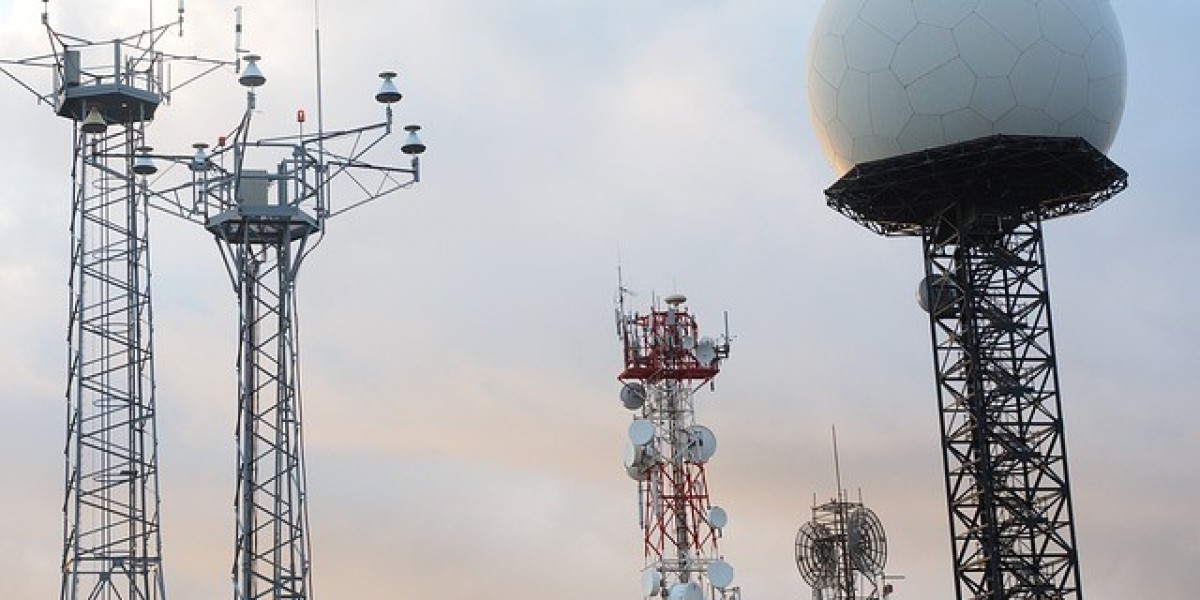The Distributed Antenna System (DAS) market is set to experience significant growth in 2024, driven by the rising demand for seamless, high-speed connectivity in densely populated and hard-to-reach areas. DAS plays a crucial role in enhancing wireless signals, especially in large venues like stadiums, airports, hospitals, and high-rise buildings where traditional networks struggle to provide consistent coverage. With the increasing need for uninterrupted communication and the global expansion of 5G networks, the DAS market is expected to thrive.
Market Growth Drivers
- 5G Expansion and Future Connectivity
The rollout of 5G networks is one of the most important factors driving DAS growth in 2024. With 5G offering faster speeds, lower latency, and the ability to support a massive number of connected devices, it requires a dense network of antennas to ensure strong signals in all areas, particularly inside buildings or in crowded outdoor spaces. DAS serves as a key enabler of 5G by improving signal quality and distribution in these environments. As more cities and countries adopt 5G, the demand for DAS solutions will rise sharply.
Beyond 5G, future connectivity standards are already being discussed, and DAS is expected to evolve to support these advancements. The need for future-proof solutions that can adapt to new technologies is leading manufacturers to develop DAS systems that can be easily upgraded as networks evolve.
- Smart Buildings and Urbanization
As urbanization continues and smart building technology becomes more widespread, the DAS market is expected to benefit from increased demand for robust wireless infrastructure. Smart buildings, equipped with Internet of Things (IoT) devices and automated systems, require strong and reliable wireless coverage to function efficiently. DAS plays a critical role in delivering the high-quality signal required to support smart systems, such as security cameras, lighting controls, and HVAC systems.
In 2024, the trend toward smart cities and smart infrastructure will also contribute to the growth of the DAS market. As cities integrate digital technology to manage services like transportation, energy, and public safety, DAS will be essential in ensuring continuous communication and data flow across these interconnected systems.
- Public Safety and Compliance
Public safety is becoming a priority for DAS implementation. In 2024, we expect more businesses and public venues to adopt DAS systems to ensure reliable communication for first responders during emergencies. Many local regulations are now requiring buildings to have systems in place that enhance communication for police, fire, and medical teams. DAS systems ensure that emergency personnel can communicate seamlessly even in difficult environments, such as underground parking garages or large event spaces.
Market Opportunities and Challenges
While the Distributed Antenna System market is expected to grow rapidly, there are challenges to overcome. High installation costs, particularly for large-scale projects, can be a barrier for some organizations. However, advancements in technology are leading to more cost-effective and energy-efficient DAS solutions, which are expected to appeal to a broader range of industries.
The trend toward energy efficiency is also creating opportunities for eco-friendly DAS solutions. In 2024, expect to see more systems designed with sustainability in mind, using less energy while still delivering high performance. This focus on green technology will help companies reduce their carbon footprint and operational costs.
For More Info: - https://www.gmiresearch.com/report/global-distributed-antenna-system-das-market/
Conclusion
The Distributed Antenna System market is forecast to grow significantly in 2024, driven by the global rollout of 5G, the rise of smart cities and buildings, and increasing public safety requirements. While cost and complexity may present some challenges, the development of more flexible and energy-efficient systems will make DAS more accessible to a wider range of industries. As connectivity becomes even more critical to modern life, the DAS market is poised to expand rapidly, providing essential infrastructure for the future of communication.


